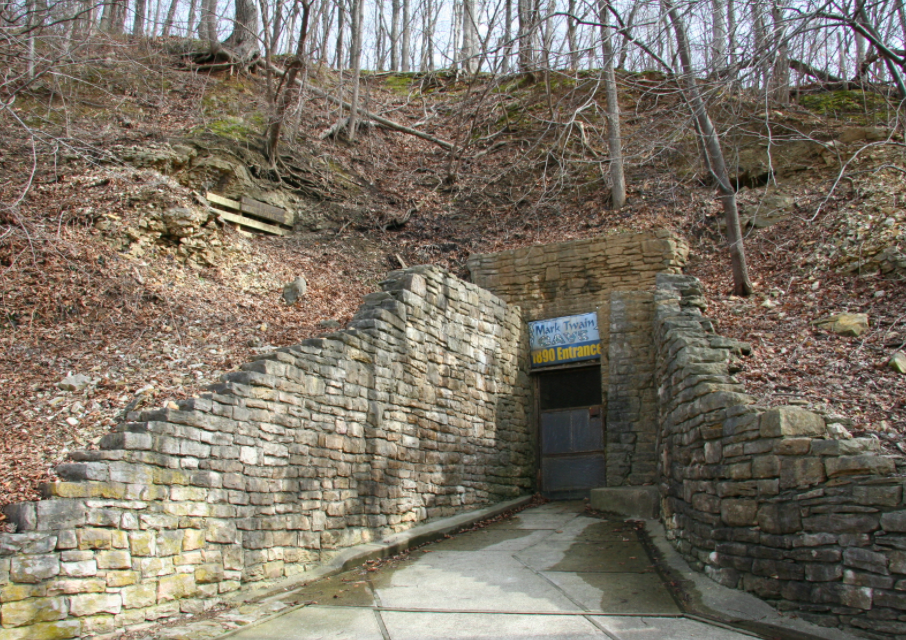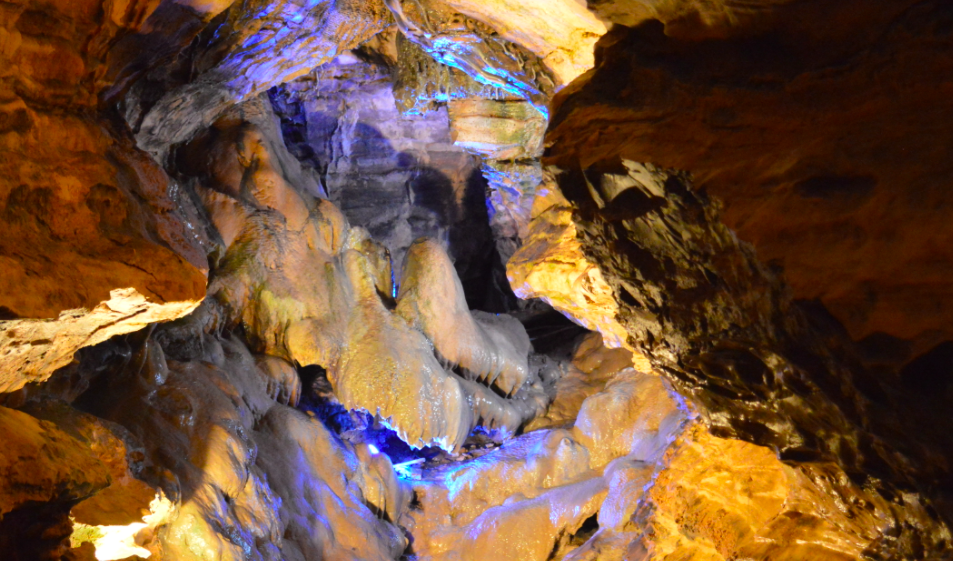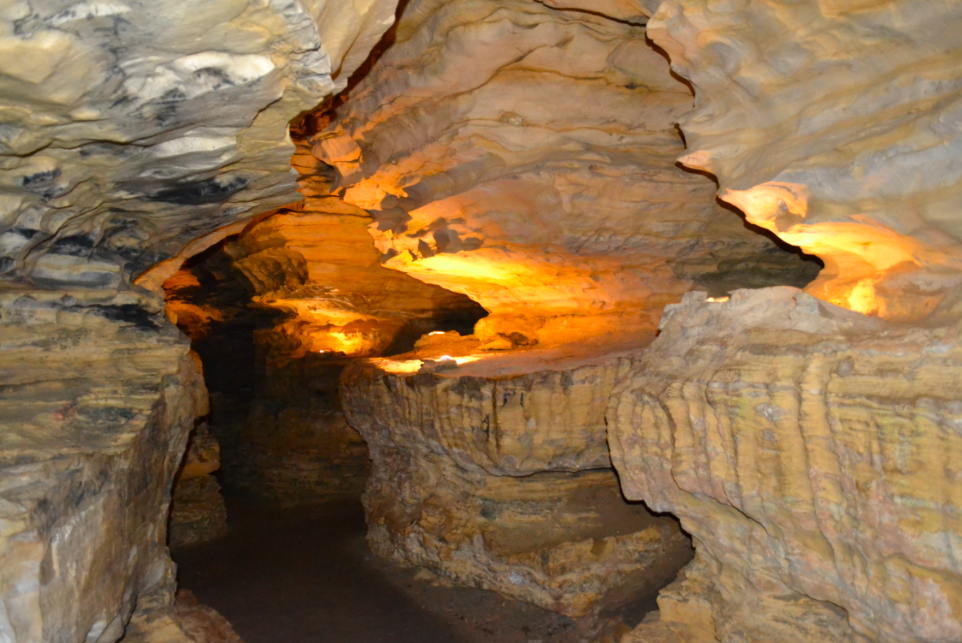Locations in Literature: Mark Twain Cave
Mark Twain, otherwise known as Samuel Clemens, is one of America’s most famous classic authors. He was hailed for his humorist writing and his ability to overcome humble beginnings. And, much like many other classic writers you know and love, some of the inspiration for his novels came from different people and locations from his modest upbringing. And one particular point of inspiration, a cave he used to explore as a child, wound up bearing his name.

Photo Credit: Mark Twain Cave
Although it’s likely that Native Americans were aware of the cave prior to its official discovery, the first documentation of what is now known as Mark Twain Cave occurred in the winter of 1819-1820. The cave was discovered by Jack Simms when his dog chased an animal into a small hillside opening, located south of what is now Hannibal. Upon investigating with his brothers, they discovered that the cave led to an expansive underground labyrinth of tunnels and pathways.
The Mark Twain Cave covers roughly 6 ½ miles and contains 260 passages. Archeologically the cave is very interesting in that it, as well as a neighboring cave called Cameron Cave, are thought to be remnants of a much larger cave system that was cut apart by a glacier millions of years ago. So there has long been speculation that there could be more undiscovered cave systems in the Hannibal area, a theory that was heightened in 2006 when a previously unknown cave entrance was discovered as locals were doing construction on an elementary school.

Photo Credit: Mark Twain Cave
After the cave’s initial discovery, it became a popular place for some of the local children to play in the mid-19th-century. One of the children who came to play in the caves was Sam Clemens, otherwise known by his pen name Mark Twain. Sam eventually grew up, became a very famous author, and included some aspects of his childhood in his work- specifically the details regarding the cave. In one passage from the novel The Adventures of Tom Sawyer, Twain wrote, “The cave was but a labyrinth of crooked aisles that ran into each other and out again and led nowhere. It was said that one might wander days and nights together through its intricate tangle of rifts and chasms and never find the end of the cave.”
Prior to the cave being called the Mark Twain Cave, it was known as the McDowell cave after Joseph Nash McDowell who purchased the property in 1848. During his ownership of the cave, McDowell infamously used it for experiments on human corpses. Most notably he conducted a two-year experiment attempting to petrify the remains of his deceased daughter… yikes. There were also suspicions that McDowell had been grave robbing to use dead bodies for experiments, a plot which also made its way into The Adventures of Tom Sawyer.

Photo Credit: Mark Twain Cave
Rightfully so, the Hannibal residents became furious when hearing about these experiments and they banded together to forcibly remove his daughter’s body from the cave and give her a proper burial. After the release of Mark Twain’s novel Tom Sawyer, suddenly there were tourists interested in seeing the cave as well. Eventually, after a series of different owners, it was renamed the Mark Twain Cave by Judge E.T. Cameron after he purchased the property in 1923.
Over the years, it has become a tradition to sign your name in the cave and it currently contains over 250,000 signatures, some from hundreds of years ago. It had long been wondered if Sam Clemens had ever signed his name and finally, on July 26, 2019, the name Clemens was discovered on the cave walls by Cindy Lovell, former director of the Mark Twain Boyhood Home & Museum, during a special tour for Twain scholars.
